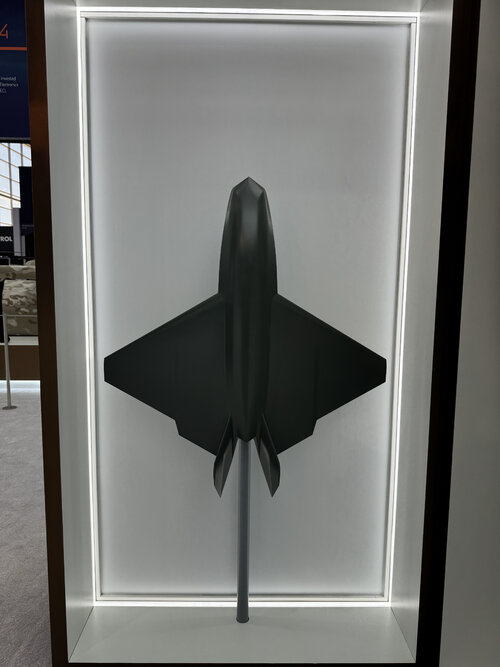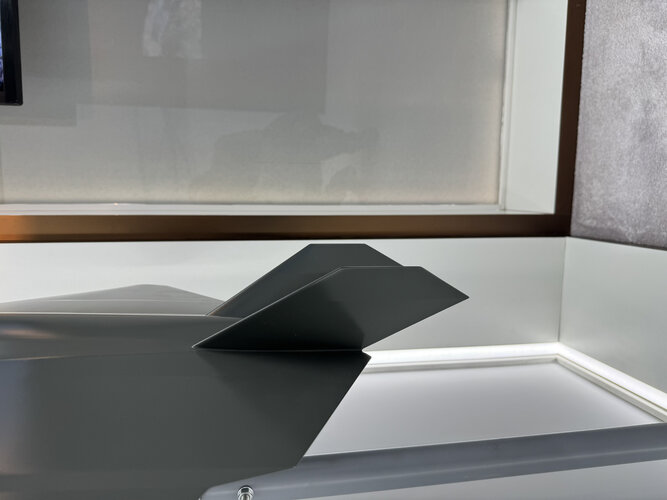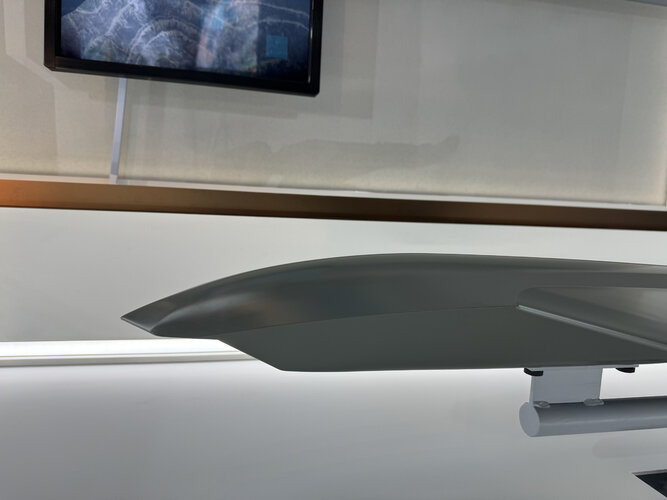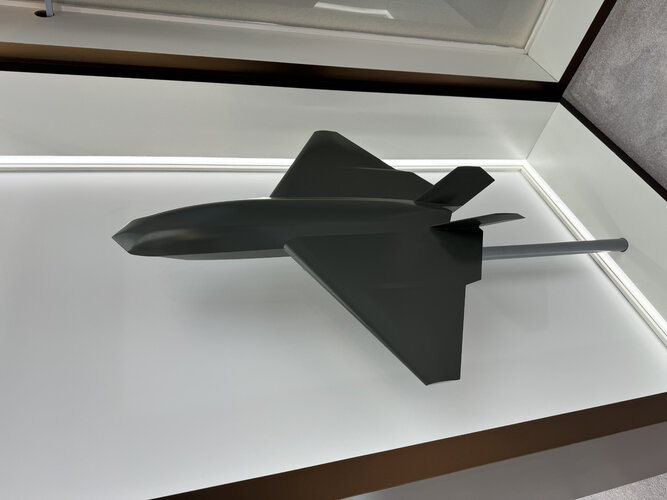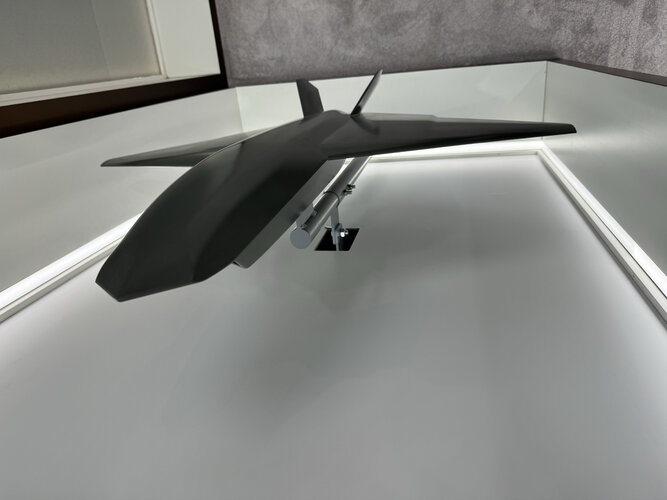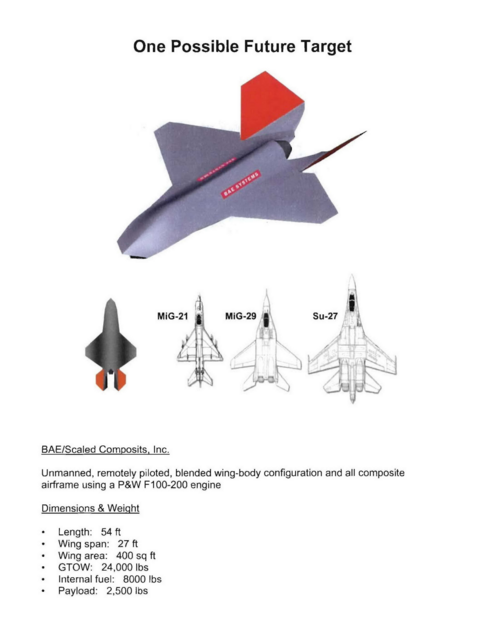The Task Force assessed theneeds for aerial targets in the 2005-2020 era for testing of a wide variety of air defense systems.
The spectrum of aerial targets involves full-sized aircraft, subsonic and supersonic cruise missiles, rotary-wing vehicles and UAVs. Ground systems and on-board instruments for target control are also involved. Aerial target testing is about a $220 million per year enterprise which involves some 750 flights per year using ten different targets.
About 200 of these flights result in destruction of the targetso development and procurement of new targets is a major activity. The Task Force found four areas of concern in their review:
- The need for a new full-scale aircraft target
- The dire need for several types of supersonic targets to represent existing anti-ship cruise missile threats
- The need for migration to a future common control system across the services so that all services could test on all major ranges.
- The need for a more centralized and focused aerial targets management structure in OSD
We are projected to run out of the inventory of our single full-scale target, the QF-4, a drone version of the F-4 aircraft, about 2011. A decision on a replacement aircraft is needed soon toavoid a gap in full-scale target availability. The Task Force recommends the development of a drone version of the F-16 aircraft because it can provide a substantial supply of surplus aircraft for many years to come. A competing view is to try to continue with F-4 aircraft even thoughthe F-4 variants now available will be increasingly costly to modify into drone vehicles.
The Task Force recommends our future full-scale target effort should strive to eliminate the needfor a man-rated aircraft because it is a major driver of vehicle cost. The F-16 option would allow removal of the wings for ground transportation.
The F-16 option should be considered an interim solution, intended to avoid a gap in full scaletarget availability. The F-16 may not be representative of a fifth generation fighter threat.
Accordingly, the Task Force also recommends a concept development effort for a full-scale target to emulate advanced aircraft threats exploiting low-observable technologies.
The area of greatest concern to the Task Force was our gap in supersonic anti-ship cruise missiles for testing. The Russians have deployed at least three such cruise missiles that involve either sea-skimming flight profiles or a high-altitude profile involving a power dive to the target. At this time, we have no test vehicles for either flight profile. The Task Force supports the current Navy acquisition process for one type of sea-skimming missile and recommends additional aggressive efforts on another sea-skimmer with a unique flight profile and a high altitude vehicle with a power-dive attack profile.

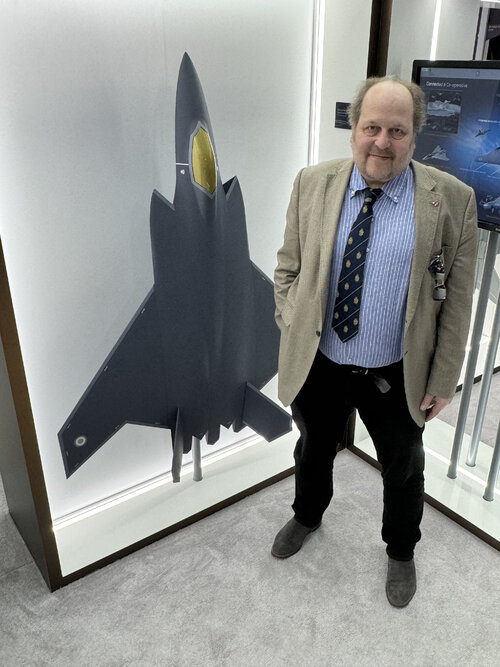
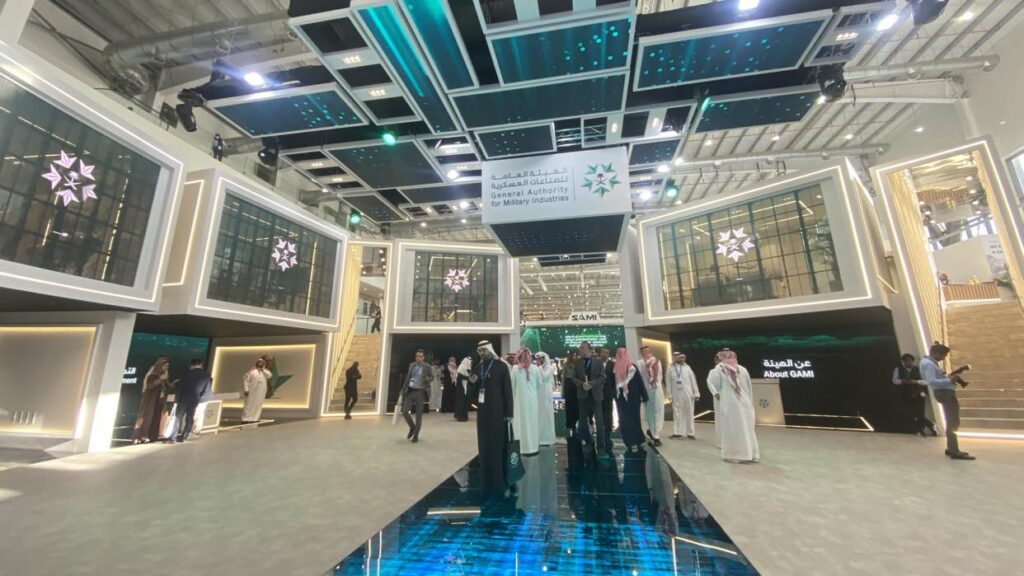
![Screen-Shot-2022-09-08-at-2.46.14-PM[1].png Screen-Shot-2022-09-08-at-2.46.14-PM[1].png](https://www.secretprojects.co.uk/data/attachments/255/255098-1936f7b91713073fa6d7579bec19c5c3.jpg)
